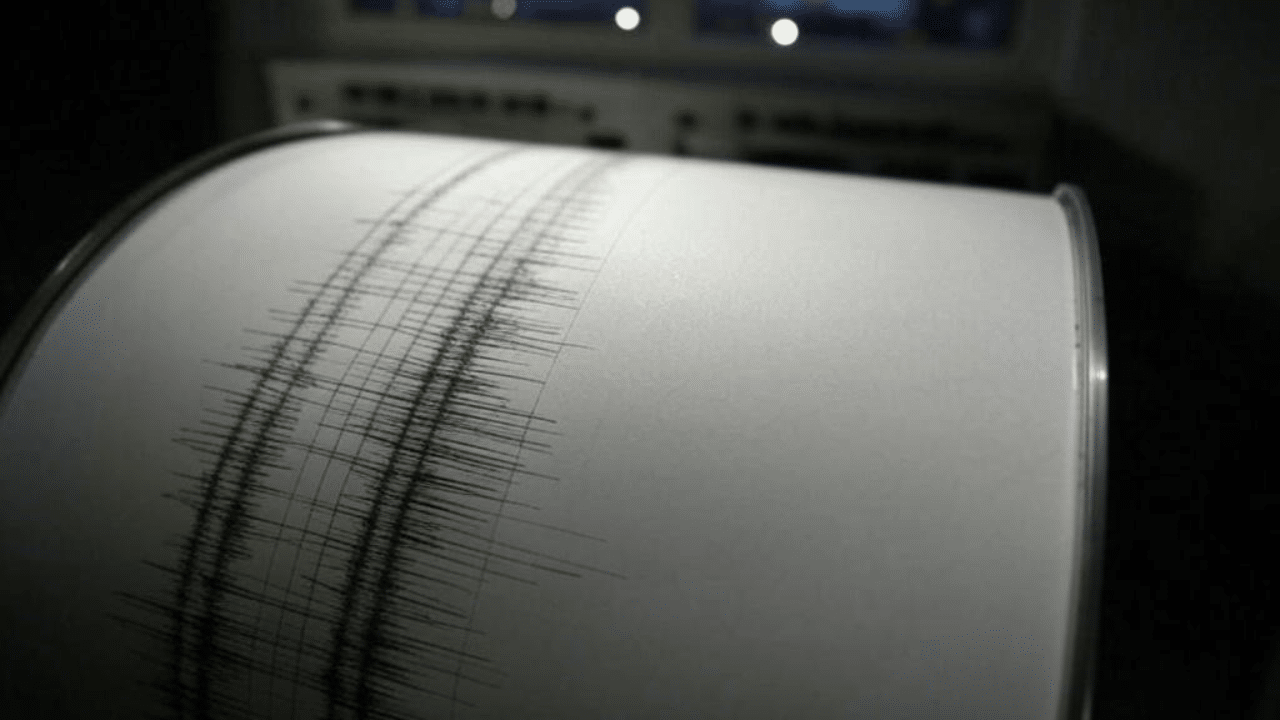California has experienced a startling series of seismic events, with seven earthquakes striking within a span of less than 24 hours.
This unusual cluster of temblors, primarily centered along the infamous San Andreas fault and the Foothills fault system near Death Valley, has reignited concerns among residents and experts about the state’s vulnerability to a long-overdue major quake.
While no significant damage or injuries were reported, the flurry of activity has drawn attention from major news outlets, underscoring California’s precarious position atop some of the world’s most active fault lines.
According to the U.S. Geological Survey (USGS), cited by multiple sources, five earthquakes occurred along the San Andreas fault, a tectonic boundary stretching 800 miles from Cape Mendocino in Northern California to the Salton Sea in the south.
The San Andreas is notorious for producing devastating quakes, such as the 1906 San Francisco earthquake, which registered a magnitude of 7.9 and claimed over 3,000 lives.
The Washington Post reported that the recent quakes ranged in magnitude from 2.5 to 3.0, with the first striking off the Northern California coast on Thursday, followed by a rapid succession of events into Friday morning.
The remaining two quakes, one at magnitude 3.0 and another at 2.6, hit near Death Valley along the Foothills fault system, a less active but still significant seismic zone.
CNN highlighted the timing of these events, noting that the latest quake—a magnitude 2.6—struck along the northern coast at 5:34 a.m. ET on Friday, capping off a restless 24-hour period.
The USGS emphasized that while these quakes were relatively minor, their concentration along the San Andreas has fueled speculation about the potential for a larger event, often referred to as “The Big One.”
Reuters interviewed experts who explained that the San Andreas fault is “overdue” for a magnitude 8.0 or higher earthquake.
According to estimates from the Great California Shakeout initiative, this scenario could result in approximately 1,800 deaths, 50,000 injuries, and $200 billion in damages.
Despite the ominous context, seismologists cautioned in interpreting the recent activity as a definitive precursor to a major quake.
The New York Times quoted Dr. Sue Hough of the USGS Earthquake Hazards Program, who told KTLA5 that studies on earthquake precursors are conflicting—some suggest increased activity signals a big event, while others find no such correlation.
“We don’t have a crystal ball,” Hough said, a sentiment echoed by Angie Lux of the Berkeley Seismology Lab in an interview with the Daily Mail.
Lux noted that experts are “fairly confident” a significant earthquake could occur within the next 30 years, but the current cluster does not necessarily indicate imminent danger.
The Washington Post provided additional detail on the quakes’ impacts—or lack thereof.
The cluster produced only “weak shaking,” with just a handful of reports submitted to the USGS from affected areas.
Earthquakes below magnitude 2.5 are typically imperceptible to humans, while those between 2.5 and 5.4, like these, are often felt but rarely cause damage, per an assessment from Michigan Tech University cited in the article.
This aligns with Reuters’ reporting that no injuries or structural damage were recorded, offering a measure of relief to a state all too familiar with seismic threats.
BBC coverage drew attention to California’s broader seismic landscape, noting that the state has already seen over 6,200 earthquakes in 2025, ranging up to a magnitude of 4.7, according to Volcano Discovery.
This year’s activity follows a significant magnitude 7.0 quake off Northern California’s coast on December 5, 2024, which prompted a brief tsunami warning but caused minimal harm, as reported by CNN.
The repeated shaking has kept residents on edge, particularly given the San Andreas fault’s history of catastrophic events, such as the 1857 Fort Tejon quake, also a magnitude 7.9, which ruptured the ground across multiple river systems.
While the immediate threat appears to have subsided, the flurry of quakes serves as a stark reminder of California’s geological volatility.
The New York Times emphasized the mechanics behind these events, explaining that earthquakes stem from the movement of tectonic plates—massive slabs of rock that shift atop the Earth’s mantle.
When stress along fault lines overcomes friction, the plates slip, releasing energy in waves that ripple through the crust.
The San Andreas, where the Pacific and North American plates grind past each other, is a prime example of this dynamic, making it a perpetual hotspot for seismic activity.
For now, Californians are left to ponder the implications of these seven quakes.
As Reuters reported, the USGS continues to monitor the region, with aftershocks possible in the coming days.
Meanwhile, mainstream outlets like CNN and BBC underscore the importance of preparedness, echoing calls from experts for residents to maintain emergency plans and supplies.
Though the ground has settled for the moment, the specter of “The Big One” looms large, a sobering reality in a state where the earth never truly rests.










